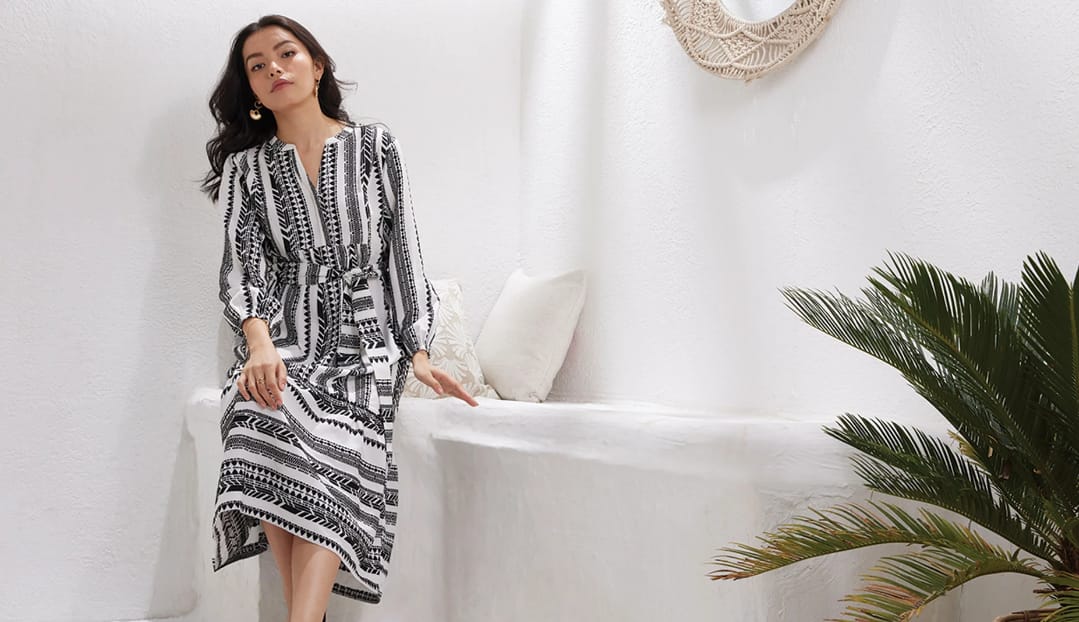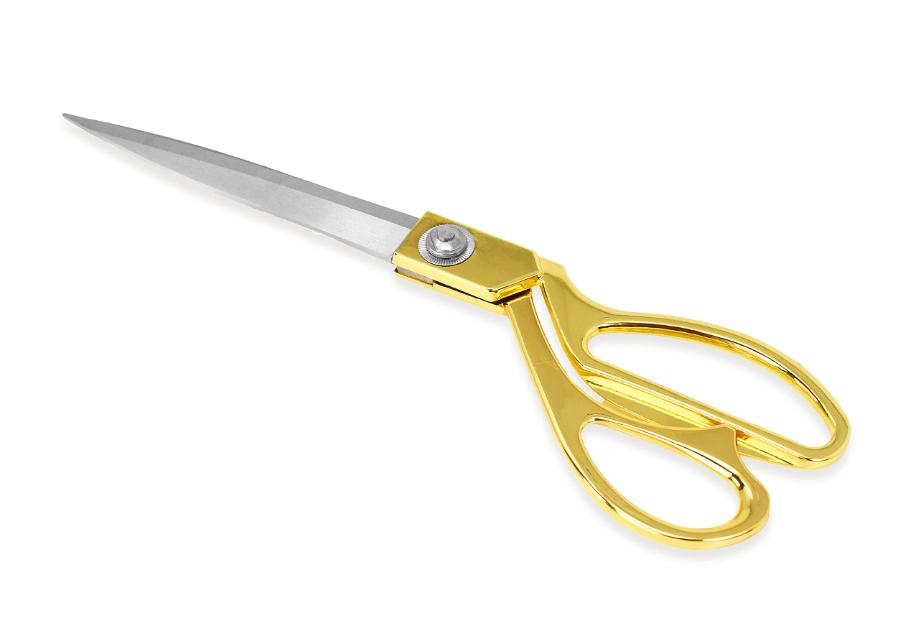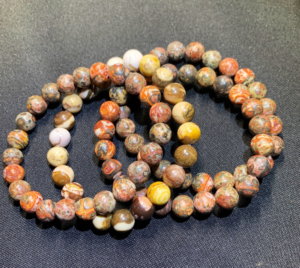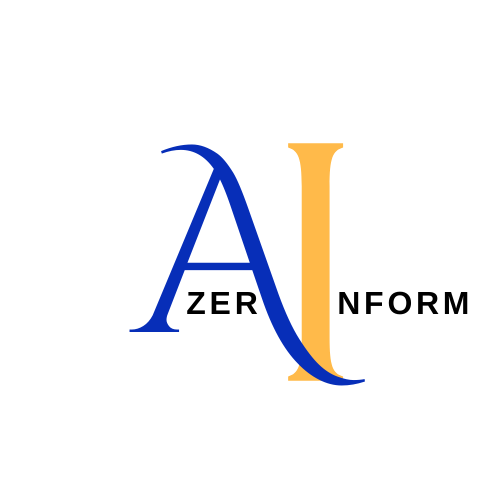Academic regalia, a term that evokes images of graduates in flowing gowns and tasselled caps, has a rich history that extends far beyond its current ceremonial use. This attire, which includes gowns, hoods, and caps, has evolved over centuries, intricately tied to the evolution of educational institutions themselves. This shift from practical clothing to ceremonial garb mirrors changing academic, social, and even political landscapes.
Origins in the Middle Ages
Initially, these garments were not exclusive to academia; they were simply the everyday attire of the clergy, scholars, and students of the time. The practical needs of living in unheated and stone-built institutions during the cold European winters necessitated the wearing of long, hooded robes.
As universities became more established and formalized, these garments began to evolve into symbols of academic achievement and status. By the 14th and 15th centuries, specific styles and colours of gowns and hoods were being adopted to differentiate between faculties and degrees.
Codification in the Renaissance
The Renaissance period saw further development and codification of academic dress codes, reflecting the era’s broader emphasis on hierarchy, order, and discipline in educational institutions. Universities began to enforce strict rules about who could wear what, often using these garments to convey the wearer’s academic affiliations, their achievements, and sometimes their regional origins.
Thought to be inspired by the birettas worn by scholars and clergymen, the mortarboard became a staple of the academic wardrobe, with the addition of the tassel in later years serving as a symbol of a graduate’s transition from candidate to degree holder.
Modern Evolution and Diversity
Moving into the 19th and 20th centuries, that regalia continued to evolve, becoming more closely associated with the ceremonial pomp of commencement exercises. This period also saw the spread of higher education across the globe, and with it, the adaptation and modification of European academic dress traditions to fit new cultural contexts.
In the contemporary era, the significance and styles of buy academic regalia have diversified even further. Institutions often incorporate elements that reflect their unique identities, values, or histories. Despite this variety, the core elements of the regalia – the gown, the hood, and the cap – remain consistent, serving as a bridge to the academic traditions of the past.
Conclusion
The evolution of academic regalia is a testament to the rich and varied history of higher education itself. From practical attire to a codified system of symbols, these garments connect the modern academic community to its medieval beginnings, reminding us of the enduring values of scholarship, achievement, and tradition.

 Home
Home







